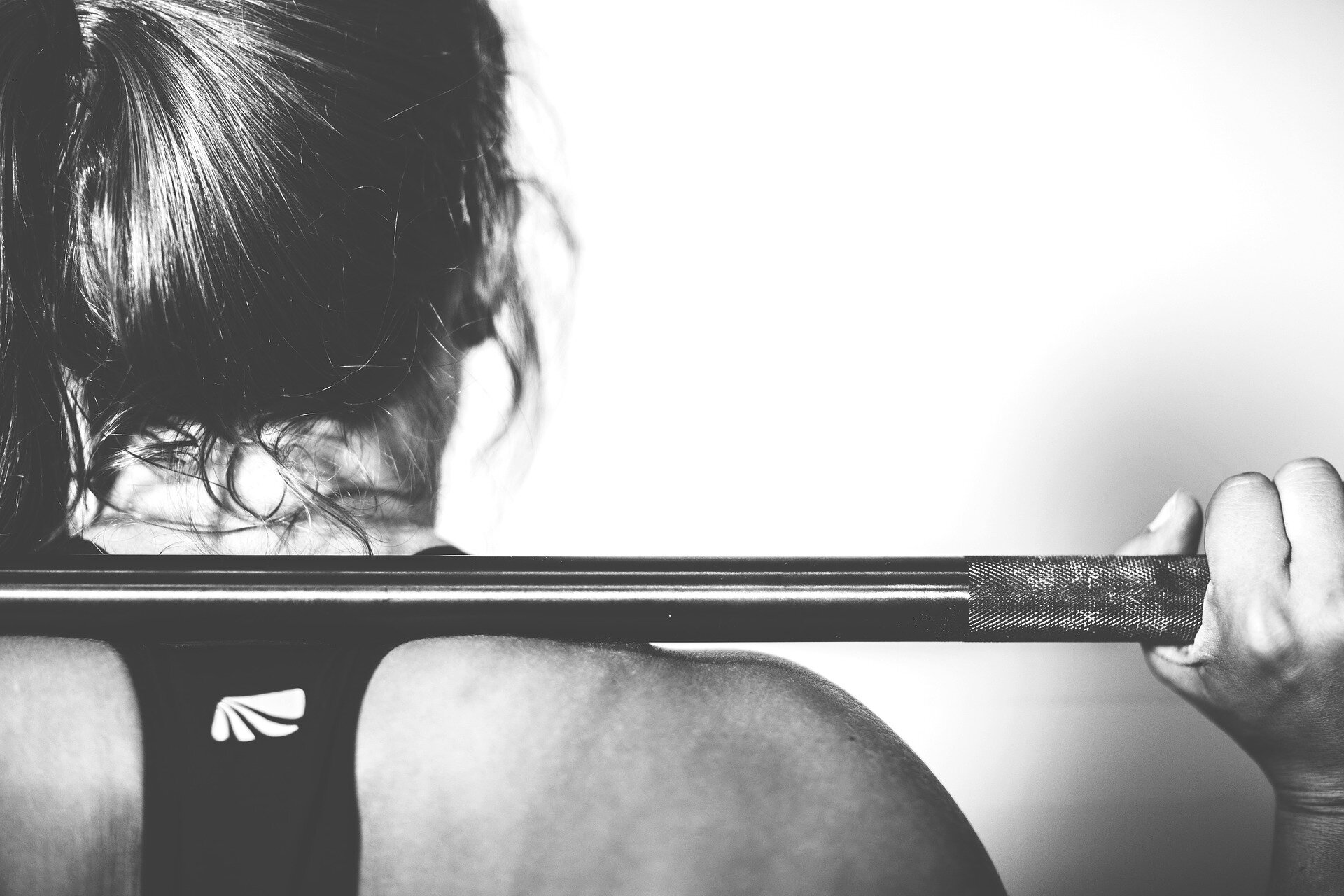If you only had time for one strength training exercise it would be hard to beat the squat due to its’ high recruitment of lower quarter muscles including the legs and core. Numerous variations of the squat including sit to stand, goblet squat, front squat, back squat, split squat, and zercher squats exist allowing individuals of different abilities to perform this essential movement. Another variation of the squat available at most commercial gyms is the smith machine. This machine’s barbell is fixed on a vertical rack allowing only up and down movements of the squat. The smith machine sacrifices some of the benefits of free weights including beneficial movement variation (every rep is slightly different) and muscle activation (muscle workload is reduced due to the machine’s support) for a sense of safety. A study highlights the limitations of this machine vs. traditional squats.
The Journal of Strength and Conditioning Research examined the differences in muscle activation between two different squats (Schwanbeck et al. 1999). Participants performed 8 reps, based on their 8 repetition maximum, using the smith machine or barbell squat while data was collected from both the core and leg musculature. As expected the recruitment of the calf, hamstring, and quadriceps was 34%, 26%, and 49% higher in the barbell squat, respectively. On average, the barbell squat improved muscle recruitment by 43% over the smith machine squat.
There is a time and place for most exercises including utilization of the smith machine. In my experience weight machines are most appropriate for novice weight trainers who are looking to learn basic movements, such as the squat, or those wishing for a higher degree of confidence versus uncertainty during exercise.
Click Here to learn which exercises are most appropriate for you

